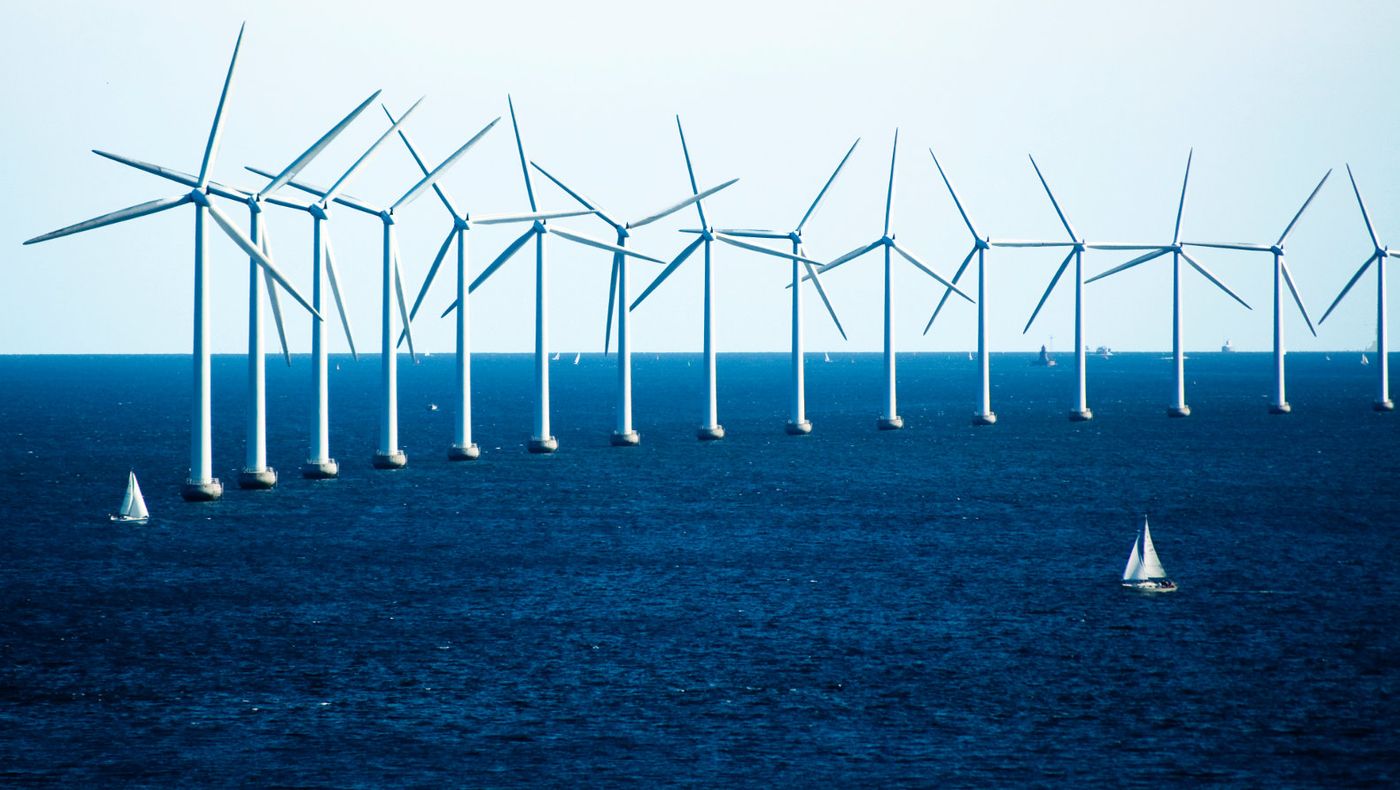Denmark Goes All Out Wind
Last week Denmark generated enough wind energy to power the entire country’s electricity needs, according to new figures from Europe’s wind energy trade body, WindEurope.
WindEurope reports that Denmark generated a total of 70 gigawatt-hours (GWh) from onshore wind and another 27 GWh from offshore wind. That’s enough electricity to supply 10 million average EU households!
Diagram Source: CleanTechnica
This achievement follows in the footsteps of several good years for Denmark in regards to wind energy, although the country did experience a drop in wind power in 2016. But 2015 was an outstanding year for Denmark because it broke the world and country record by producing 42 percent of its electricity from wind. During the summer of 2015, Denmark went so far as to generate 140 percent of its country's electricity needs from wind power. Talk about overachievers!
“Since 2008 we have experienced continuous growth in the wind energy production and each year set a new world record,” said Jan Hylleberg, CEO of the Danish Wind Industry Association. “As expected this trend did not continue in 2016 due to the low winds. Not maintaining the continued growth is to a certain degree frustrating, but on the other hand, it is a reminder that it is the shifting nature of the wind, which we are world champions at harnessing in Denmark. Besides, a wind share of 37.6% is more than approved, and I am pleased that varying production is not affecting our world-class security of supply that we have in Denmark.”
Not trying to downplay the clean energy achievements of other countries, WindEurope also reported that Germany and Ireland respectively met 52 and 42 percent of their electricity needs with wind. According to the organization, “Wind power in the EU as a whole covered almost 19 percent of the bloc’s electricity needs.”
Clean energy victories such as these are a morale booster these days, especially in the US where Scott Pruitt, climate change denier, has recently taken his place in charge of the EPA with the goal to eliminate the Clean Power Plan.
Sources: EcoWatch, CleanTechnica, Inhabitat










